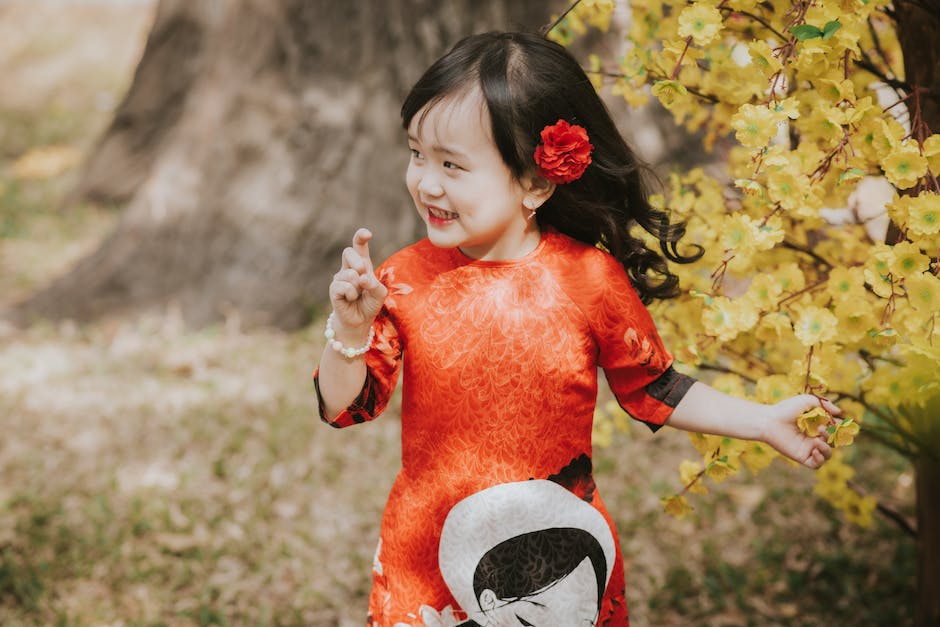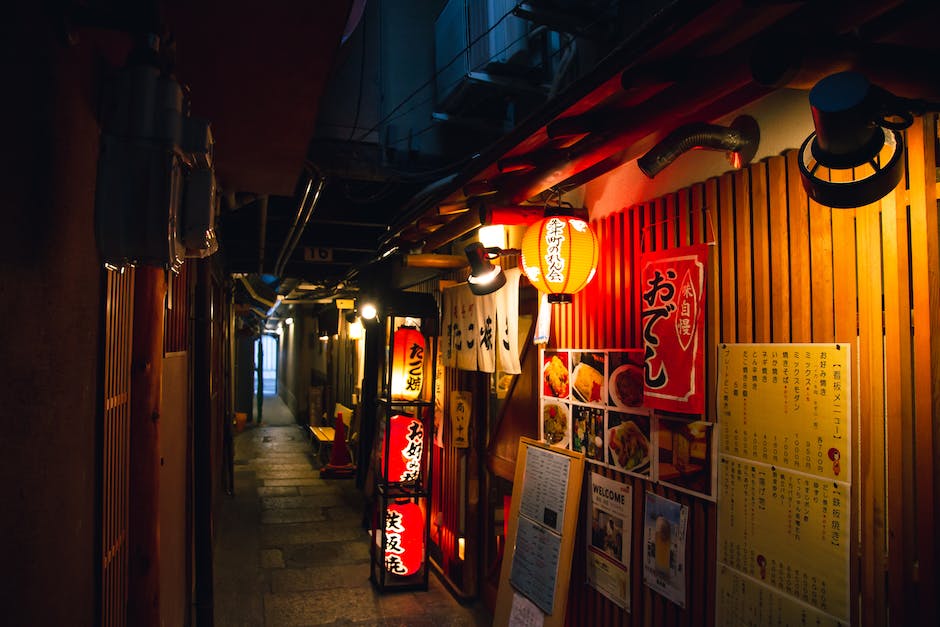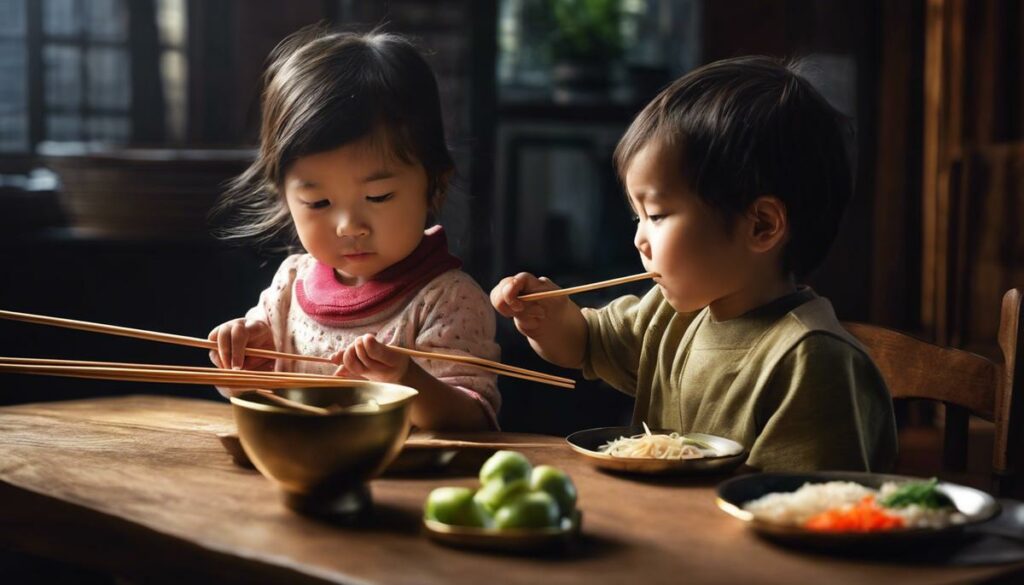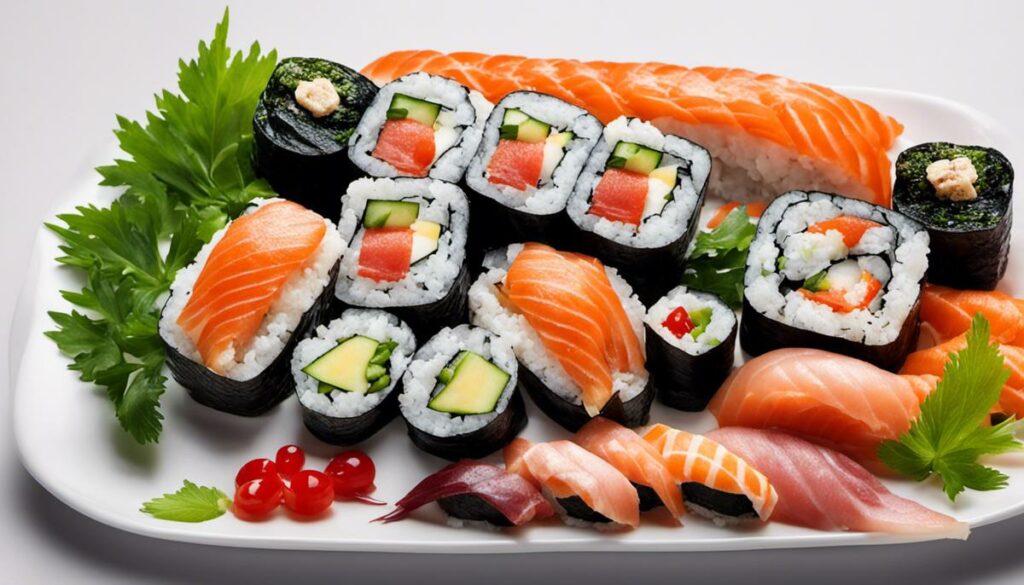In a world shaped and connected by its food cultures, Japan maintains a unique position through its use of chopsticks. At the heart of this cultural practice lies an extensive process that stretches from a child’s first introduction to the use of chopsticks to their mastery. Discovering a child’s journey in Japan as they learn to use chopsticks provides an in-depth look at the values, practices, and experiences that shape and enrich life in Japan. From the first handling of chopsticks to contemporary nutrition education, this article provides a comprehensive overview.
First steps in using chopsticks
Surely we have all wondered how the Japanese manage to eat their meals so masterfully with chopsticks. Maybe you’ve tried to learn this technique yourself and failed! But how do Japanese children learn this art of eating? Well, the secret lies in early childhood education and parental empathy.
Already from the age of about one year, the little Japanese begin to learn to eat with chopsticks. It starts with special beginner chopsticks that are connected at the tip and help children learn the right grip. These specially designed utensils are often decorated with favorite characters or bright colors to arouse the children’s interest and motivate them to eat.
To learn how to handle it properly, parents often ask their children to grab tiny beans or other small foods. This not only promotes dexterity, but also strengthens the hand muscles of the little ones.
But the process doesn’t stop there. In Japan, eating is a communal affair and parents consciously sit down at the dinner table with their children. They then teach them not only how to hold chopsticks, but also the detailed rules of eating in Japanese – from the correct posture to the proper way to put the chopsticks down when not in use.
So, eating with chopsticks is not only a skill, but also an art and an important part of Japanese culture. It is a tradition that is passed down from generation to generation and fosters a deep appreciation for food and community.
Let’s not forget that these habits and skills are developed over time. So, don’t be discouraged if you haven’t mastered this art of eating yet! With practice and patience, eating with chopsticks will soon become child’s play. In fact, this Japanese secret could add that extra something to your next dinner party!
So go ahead, give it a try! It’s never too late to learn a new skill, and who knows? Maybe eating with chopsticks will become your new passion.

Nutrition Education in Japan
The Japanese way of using chopsticks is far more than just fun at the table. It is an art form sustained by tradition that spans generations and is deeply rooted in Japanese culture. Therefore, Japanese parents, schools, and communities attach great importance to fostering this special skill from early childhood.
The child’s motor skills are excellently supported and trained by the use of chopsticks. By learning how to skillfully handle these eating tools, fine motor skills, room layout and coordination skills are trained. All of these are essential skills that have a huge impact on overall learning ability. It is no wonder that in Japanese schools, from kindergarten onwards, the use of chopsticks plays a fundamental role.
The teaching methods are as clever as they are creative. For example, special practice sticks with finger guides and adapted designs are used to make it easier to learn the technique, which often seems tricky to the beginner. Small, round foods such as peas or rice grains are also often used. This requires patience and concentration – skills that in turn have a positive influence on learning behavior as a whole.
But the importance of chopsticks in Japan goes far beyond the table. It also represents a way of connecting – with the family, the community and tradition. Meals are social affairs and the use of chopsticks encourages interaction and exchange. Eating rituals and rules form a respectful and harmonious coexistence, which in turn is a fundamental aspect of Japanese culture.
Mastery of chopsticks is a real pinnacle of Japanese education and a symbol of sophistication and elegance. And who knows, maybe one of the next dinner parties will come where you can shine with your chopstick skills! So, let’s respect and appreciate this art form, as well as arouse our curiosity and desire to learn even more about Japanese culture and life. It’s so rich, deep and subtle.

Progress and challenges in the learning process
The mindfulness and concentration required to quickly master chopsticks is a remarkable dimension in Japanese table culture. She encourages a lot of ingenious ideas and practically engages the little ones on journeys into this fascinating world. In addition, the use of chopsticks improves fine motor skills and hand-eye coordination in younger students.
Let’s consider the integration of chopsticks into the classroom. Japanese schools take into account the great value that chopsticks have in the country’s culture. It’s not just about the food, it’s also about teaching respect and responsibility. The act of eating and its associated customs plays a significant role in pedagogy.
In addition, chopsticks are an excellent tool for promoting interaction and a sense of community. By eating together, children learn the principles of cooperation and sharing. It strengthens family bonds and interpersonal communication. It’s definitely more than just holding a pair of chopsticks.
As a characteristic element of Japanese culture, the rituals and rules surrounding the chopstick are essential to understanding its depths. It is these subtle nuances, these perfect angles and movements, that make eating a sensual and immersive experience.
The elegance and sophistication that comes with the correct use of chopsticks cannot go unrecognized. It is a refined skill that expresses the cultivated Japanese aesthetic and fine manners.
Last but not least, we all have a burning curiosity to learn more about Japanese culture and its lifestyle. The use of chopsticks is a veritable window into Japanese history, tradition, and food culture. It allows us to peel more than just the outer layer of a culture and takes us into the mysteries and insights of Japanese life. It is a treasure trove of experience, an adventure with rice and sushi, and a delight for the senses. To sum up, let’s be brave and master this feat while having fun on this culinary journey!

Photo by frankweichelt on Unsplash
The process of learning and using chopsticks in Japan is a recurring choreography that carries with it the higher value of cultural preservation, family togetherness, and attentive food intake. Whether it’s on the benches of school cafeteria or tables at home, the way Japanese children learn to use chopsticks is a testament to the strength and endurance of Japanese heritage. Ultimately, it is not only the craft of chopsticks that is taught, but an important part of this is the teaching of values such as respect, patience and precision. These principles form the core of the Japanese way of life and are closely related to the use of chopsticks.


